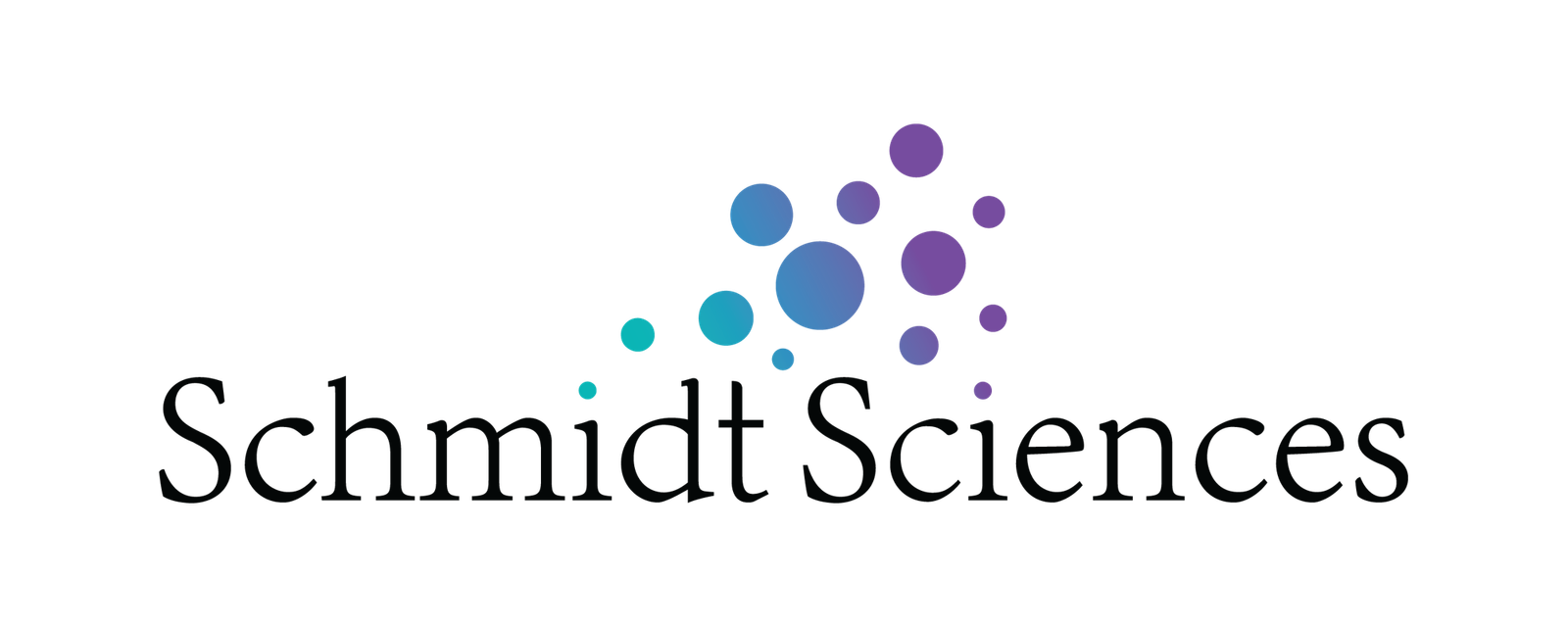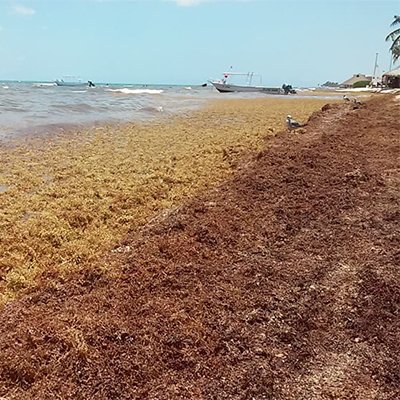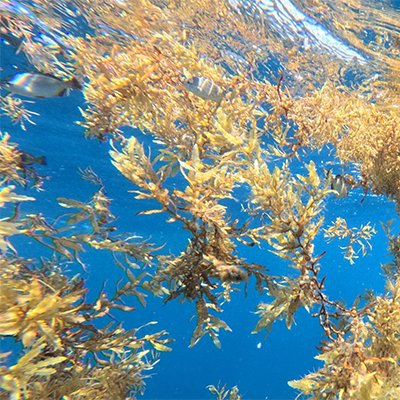SaBRe project
Sargassum BioRefinery (SaBRe) is a virtual institute-sponsored research center tasked to transform Sargassum seaweed into a future renewable feedstock for sustainable biomanufacturing.
The Seaweed Bloom A challenge and an opportunity
Since 2011, massive seaweed blooms, known as the Great Atlantic Sargassum Belt, have stretched over 5,000 miles across the Atlantic, from West Africa to the Gulf of Mexico. Visible from space, these blooms have devastated Caribbean and Gulf Coast environments and economies, costing around $120 million in cleanup efforts in 2018 alone.

Reimagining Sargassum From burden to boom
The seaweed currently threatens the livelihoods of many across the Gulf of Mexico and the Caribbean Sea, impacting those who depend on the surrounding ecosystems for tourism, fishing, or other uses. Our researchers aim to transform Sargassum from an economic and environmental burden into a boon.
By reimagining Sargassum, we hope to discover innovative ways to utilize this resource, potentially creating new economic opportunities and environmental benefits. Our goal is to turn this challenge into an advantage for the communities affected by the seaweed, helping to sustain their livelihoods and improve the health of their ecosystems.
The VIFF Initiative The Virtual Institute on Feedstocks of the Future
Armed with a grant from Schmidt Sciences’ Virtual Institute on Feedstocks of the Future (VIFF) and the Foundation for Food & Agriculture Research, our researchers will develop technologies to transform the seaweed into a feedstock of the future, capable of producing valuable materials including fuels, chemicals, fertilizers, and other products.


The Seaweed Biomass Abundant and advantageous
The seaweed, a native plant to the Sargasso Sea, is rich in sugars and other convertible compounds, and offers potential advantages over traditional land plants, such as low lignin content — making it easier and cheaper to process — and the ability to grow without fresh water, fertilizers, or competing for arable land.
SaBRe aims to integrate research from basic Sargassum biology to synthetic biology, enzyme and metabolic engineering, catalyst development, and process optimization – all supported by techno-economic analyses and life cycle assessments.

The SaBRe Team Universities and institutions
The VIFF-sponsored SaBRe Center, will be led by Princeton University’s Jose L. Avalos and co-led by Loretta Roberson of the Marine Biological Laboratory and Dr. Chundawat of Rutgers University, bringing together colleagues from multiple research institutions and one company.
- Carbonwave
- Cinestav
- Lawrence Berkeley National Laboratory
- Marine Biological Laboratory
- Princeton University
- Rutgers University
- University of California Los Angeles
- University of Puerto Rico
- Woods Hole Oceanographic Institute


